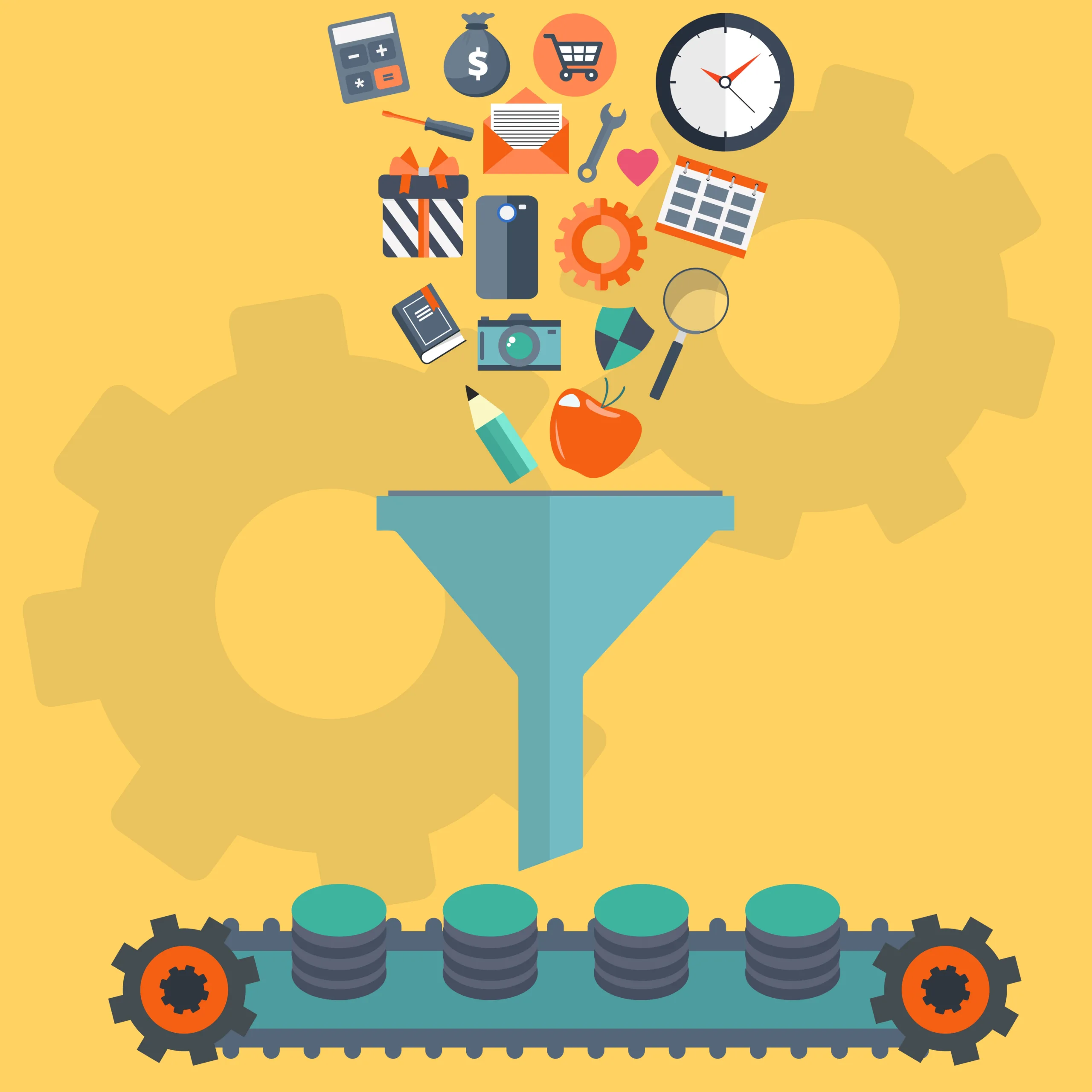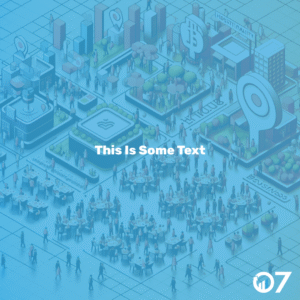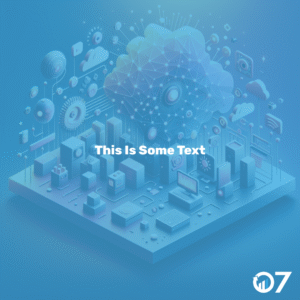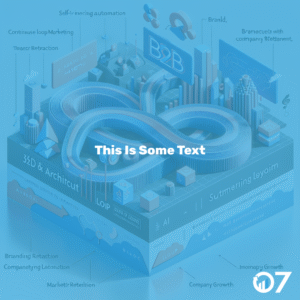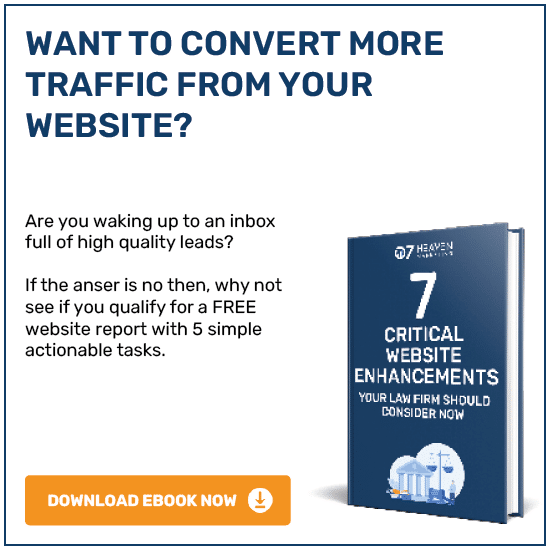It can be difficult to get your target audience to transition into customers, especially when you have little knowledge of conversion rates, conversion techniques and sales funnels. Regardless of the size of your business, an effective conversion process is essential in order to profit and grow. This blog aims to explain these terms and give you proven examples of techniques to increase the number of customers you are earning.
What is a conversion rate?
This is the percentage of visitors who participate in a particular action. The action will be different/niche for the specific business as everyone has different goals and expectations for their audience. However, in relation to the sales funnel a conversion rate is the % of people going from visitor to lead, from lead to marketing qualified lead, from marketing qualified lead to sales qualified lead, from sales qualified lead to opportunity or from opportunity to customer.
What is the sales funnel?
The process which potential customers go through in order to be determined as a customer. It is split into multiple stages: Awareness, Consideration, Decision and Purchase. Customers can enter at any stage, but all should end in purchase in order to successfully complete the funnel. However, depending on your specific targets, aims and expectations you will need to focus your efforts in order to make customers reach a certain stage. The level of success is determined by the business’ specific goals.
What are conversion techniques? + Examples
Conversion techniques are marketing techniques that are particularly useful in getting customers to progress in the sales funnel. These are strategic methods which businesses can use, but trial and error will indicate which examples are best suited for the specific company.
Blogs – By regularly posting helpful and useful blogs that are related to your industry, you are highlighting common customer questions as well as providing solutions, you will reap the benefits. Not only will this position you as a thought leader, make you more trustworthy and allow you to develop committed followers, it will also increase your search rank. Search engines will prefer sites that can offer reliable and relevant information to users, meaning you can appeal to current and new customers with one method of content.
Social Media – Social media is a great tool to appeal to current, new and potential audiences. By constantly posting sales based and generic content you can cause more people to progress further on the sales funnel regardless of their stage.
PPC (Pay-Per-Click) – This is when you use search engine ads or pay websites to feature your ad on their website, this is charged by the number of clicks on the ad (hence the name). One of the best ways to use PPC ads is to direct them to a landing page, where users will fill in their personal information in exchange for maybe an offer, newsletter, exclusive discount etc. By putting your branding on websites you know your target audience use, the likelihood of a conversion increases.
PR (Public relations) – Do not underestimate the power of a positive opinion on your business. The saying people buy from people has never been more true, ensure your PR is positive then see your customers progress through the sales funnel. For example, you have a customer who is questioning whether to buy your toaster. They see that John Smith gave you a 5* review on Google my business, saying how your toaster is amazing quality for the price, works well and they are looking to also buy your kettle. Your customer may see this review and then decide to go through with their purchase.
Email – If you have consistent content, offers and discounts going out to your targeted email list every month it will increase the likelihood of them converting. By emailing them you are offering them reminders of who you are, what you can offer them and why you are better than your competitors. Your email list itself will only be those who have willingly offered their information so that they can hear from you, therefore are the most likely to convert to the next stage. Make sure to reward these customers with exclusives to keep them feeling special and wanted.
CRM (Customer Relationship Management) – This is the software used to see where your customers are on the sales funnel. This can provide particularly useful analytical information which could indicate strategic techniques that are necessary in order to improve your conversion rates. For example, you may see 70% of your customers reach the sales qualified lead stage on your sales funnel then exit- What is it at this stage that is diverting customers? What can be done to improve this? You could also see that it is at your marketing qualified lead stage that there is a significant peak in conversion rate, you can then see what techniques are causing this and have confidence in that stage’s capability to convert.
Upsells – Now your customer has completed the sales funnel, the fun does not stop here. You can now upsell to your customers, enticing them to make more purchases with your company. This is the perfect opportunity to start them on the sales funnel again. It is much easier to resell to someone who has already made a purchase than to start a fresh and nurture a new customer. Particular focus should be done to develop current customers to make a repeat purchase.
For further insights and guidance, we invite you to explore our blog at 07hm.co.uk/blog. Here, you’ll find a wealth of information tailored to the needs and challenges of SMEs navigating the digital landscape. Additionally, if you have specific questions or need personalised advice, don’t hesitate to reach out to us via email at info@07hm.co.uk or telephone on 01702 410663.


